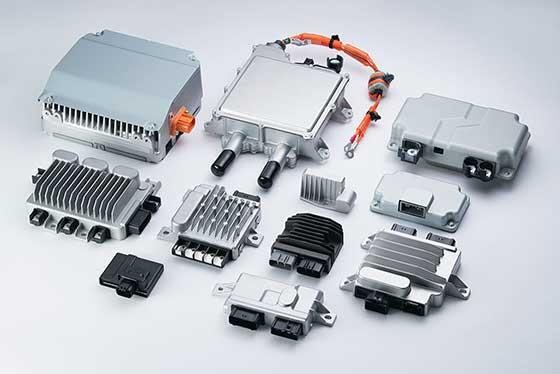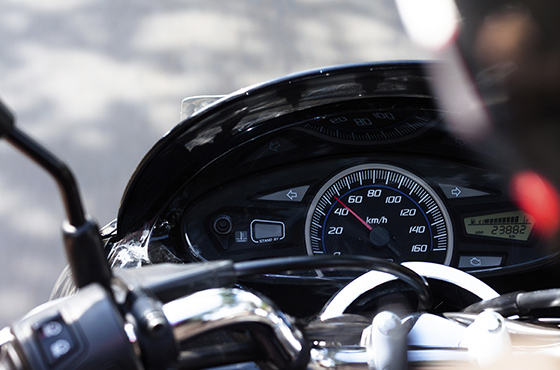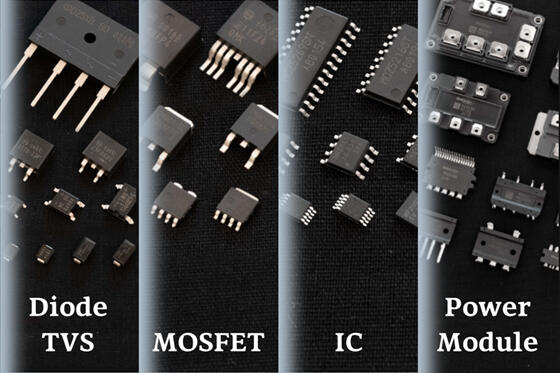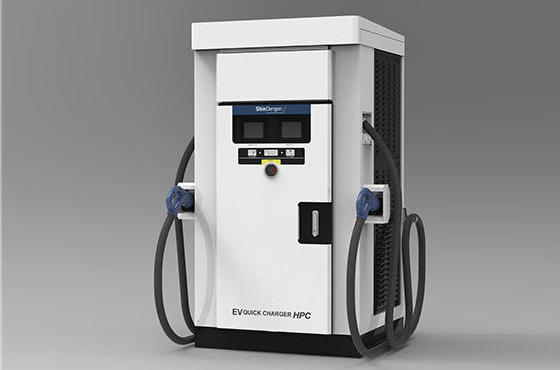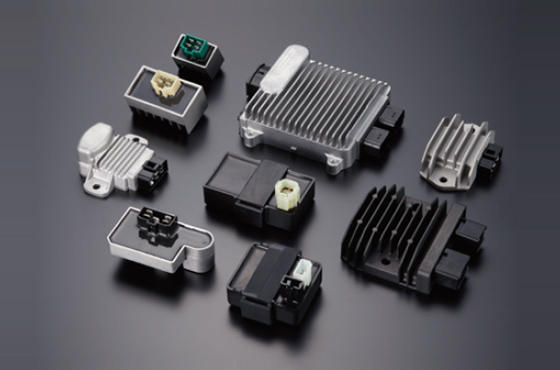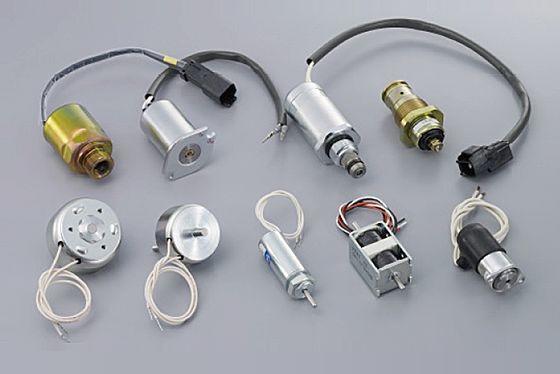-
-
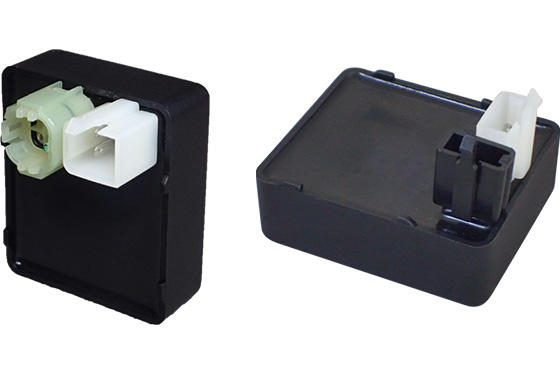
- TCI and CDI
-
-
-

- Ignition unit for motorcycles
-
The ignition unit is the component that covers the last part of the process for ignition and combusting fuel supplied into the cylinder(s) of an engine.
Use and Compatibility
| Use | Engine ignition |
|---|---|
| Compatible products | Motorcycles, small universal engines and marine engines |
Products
TCI (Transistor Controlled Igniter) System
When the transistor is ON, current passes through the primary side of the ignition coil (coil hereinafter) from the battery to store the energy. And when the transistor is OFF, the current is shut off causing a sudden change in the current, generating high voltage on the secondary side of the coil and initiating ignition.
Features
- Ignition is possible even without a battery connection
- Built-in electrolytic capacitor for kick-start
- Compatible with all types of control, such as ignition and vehicle load controlled by onboard CPU
-
-

- TCI circuit structure
-
CDI (Capacitor Discharge Igniter)
The capacitor is charged via a direct connection with voltage from the ACG or the battery, or the voltage is increased to charge the capacitor. The charged electrical load is discharged all at once, generating a high voltage on the secondary side of the coil, initiating ignition and combustion.
Features
- Ignition is possible even without a battery connection
- Stable ignition is possible up to high RPM range
- Built-in electrolytic capacitor for kick-start
- Compatible with all types of control, such as ignition and vehicle load controlled by onboard CPU
- Using our own step-up transformers, diodes and thyristors to offer high reliability at a low cost
-
-

- CDI circuit structure
-


